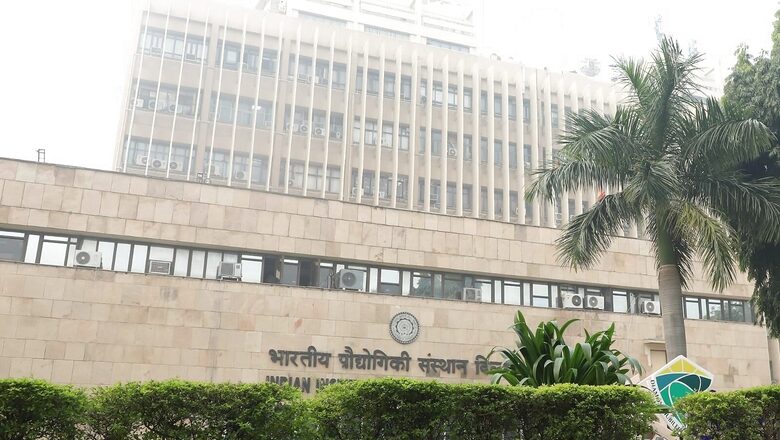
views
The Diwali festivities in Delhi often coincide with the crop harvesting season and thus results in stubble burning. Both the activities impact the ambient air quality severely, said the Indian Institute of Technology (IIT) Delhi in a new study. These coinciding events often make it difficult to ascertain the impact of either of the two on ambient air pollution in the capital.
The study titled ‘Chemical speciation and source apportionment of ambient PM2.5 in New Delhi before, during, and after the Diwali fireworks’ led by IIT Delhi researchers sheds light on the pollution sources impacting the ambient air quality in the capital before, during, and after Diwali.
Also read| Despite Being Eligible for Admission to IITs in 2021, Surat Boy Retook GATE 2022 for Dream College
The researchers found that the metal content in PM2.5 levels rose by 1100 per cent, and the fireworks alone accounted for 95 per cent of the metal PM2.5 during Diwali. “However, the impact of the fireworks plummets within around 12 hours following Diwali”, said Chirag Manchanda, the lead author of this study.
“Both stubble burning and increased heating requirements of the region in winters drive the biomass burning activity”, adds Prof Vikram Singh, Department of Chemical Engineering, IIT Delhi, who was one of the investigators. The study thus concludes that the biomass burning emissions rather than the fireworks drive the poor air quality in Delhi during the days following Diwali.
“The result of this study provides crucial insights into a topic of long-standing debate and concern between air quality experts and policymakers committed to alleviating the extreme air pollution events in the capital of Delhi following Diwali,” said the principal investigator Prof Mayank Kumar, Department of Mechanical Engineering, IIT Delhi.
Read| IIT Delhi Installs 108-ft National Flag on Campus Made Using Advanced Technology
The researchers have found that biomass burning-related emissions rise steeply in the days following Diwali, with average levels almost rising by order of ~2 compared to the pre-Diwali concentration.
The source apportionment results pertaining to the organic PM2.5 indicate a significant rise in both primary and secondary organic pollutants in the days following Diwali, suggesting the role of biomass-burning related emissions in the increase of primary organic emissions and, in turn, their aged products following the Diwali festival. The research study published in the journal ‘Atmospheric Pollution Research’ has presented source apportionment results for highly time-resolved elemental and organic fractions of PM2.5 to address that challenge.
Read all the Latest Education News here

















Comments
0 comment